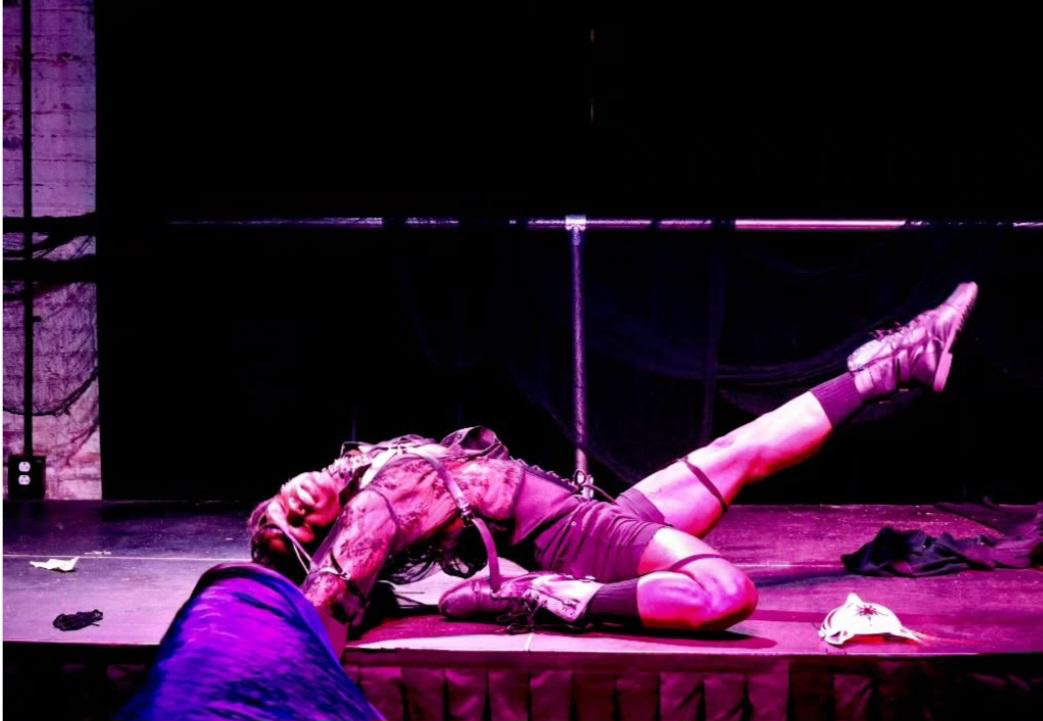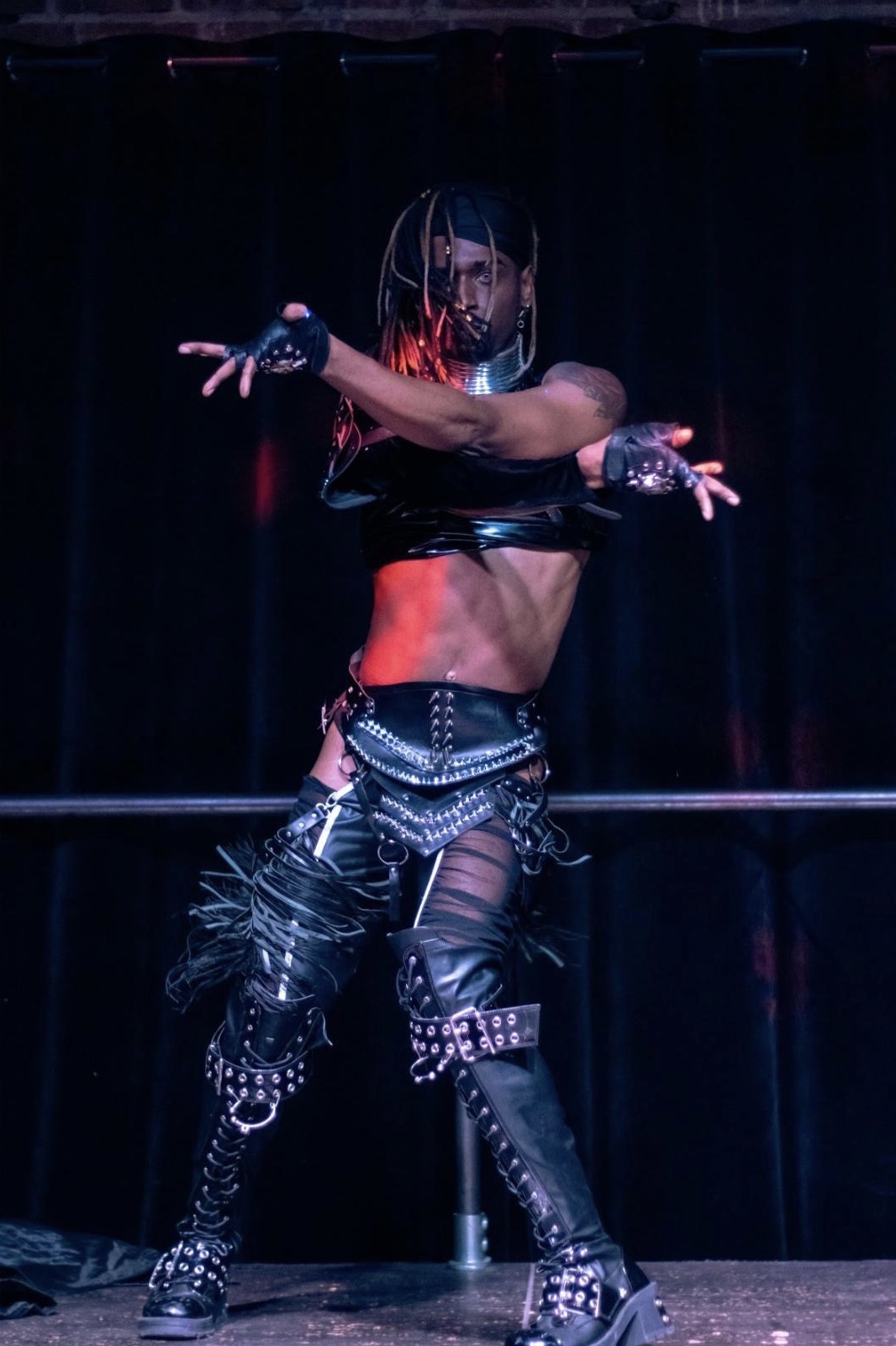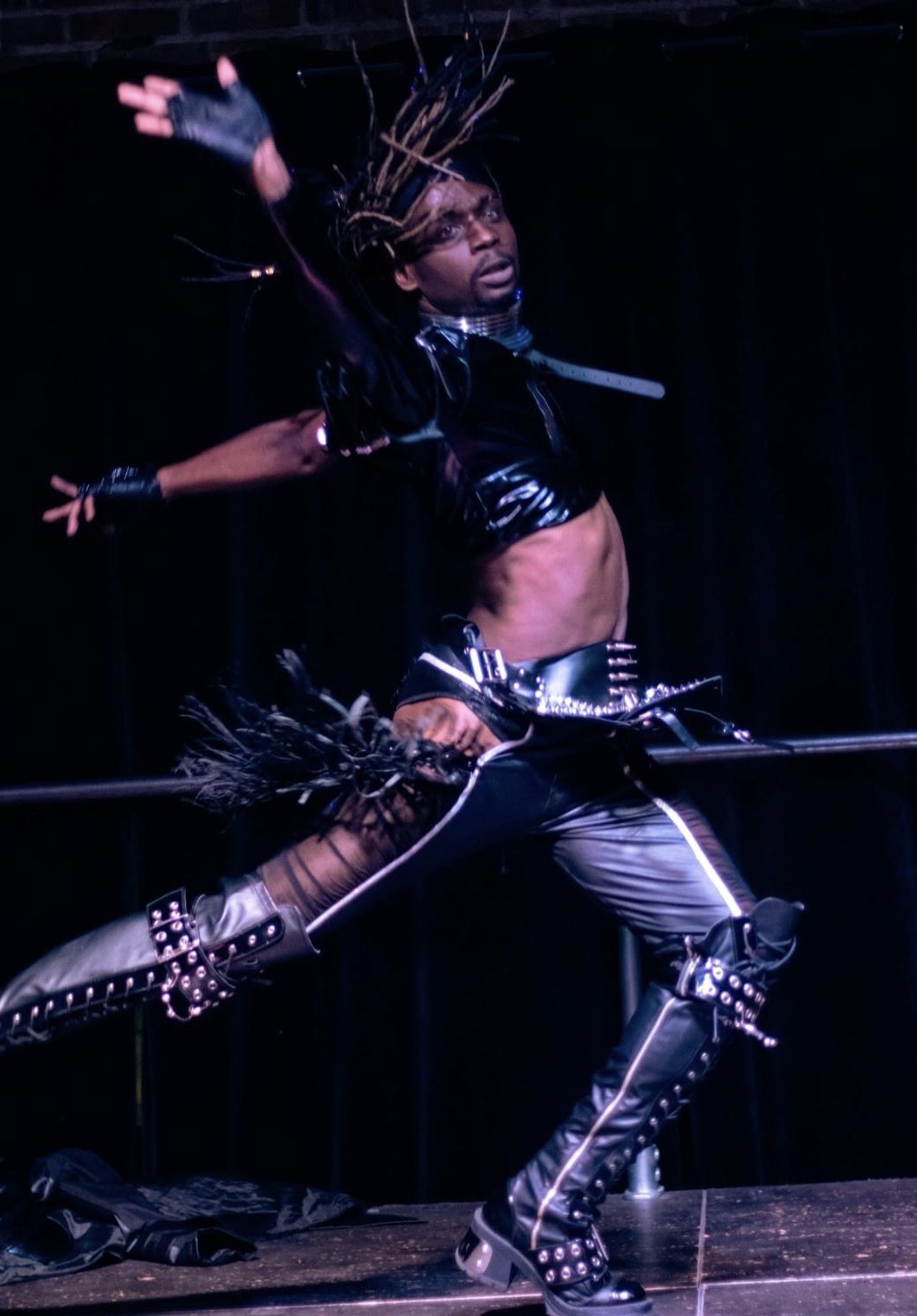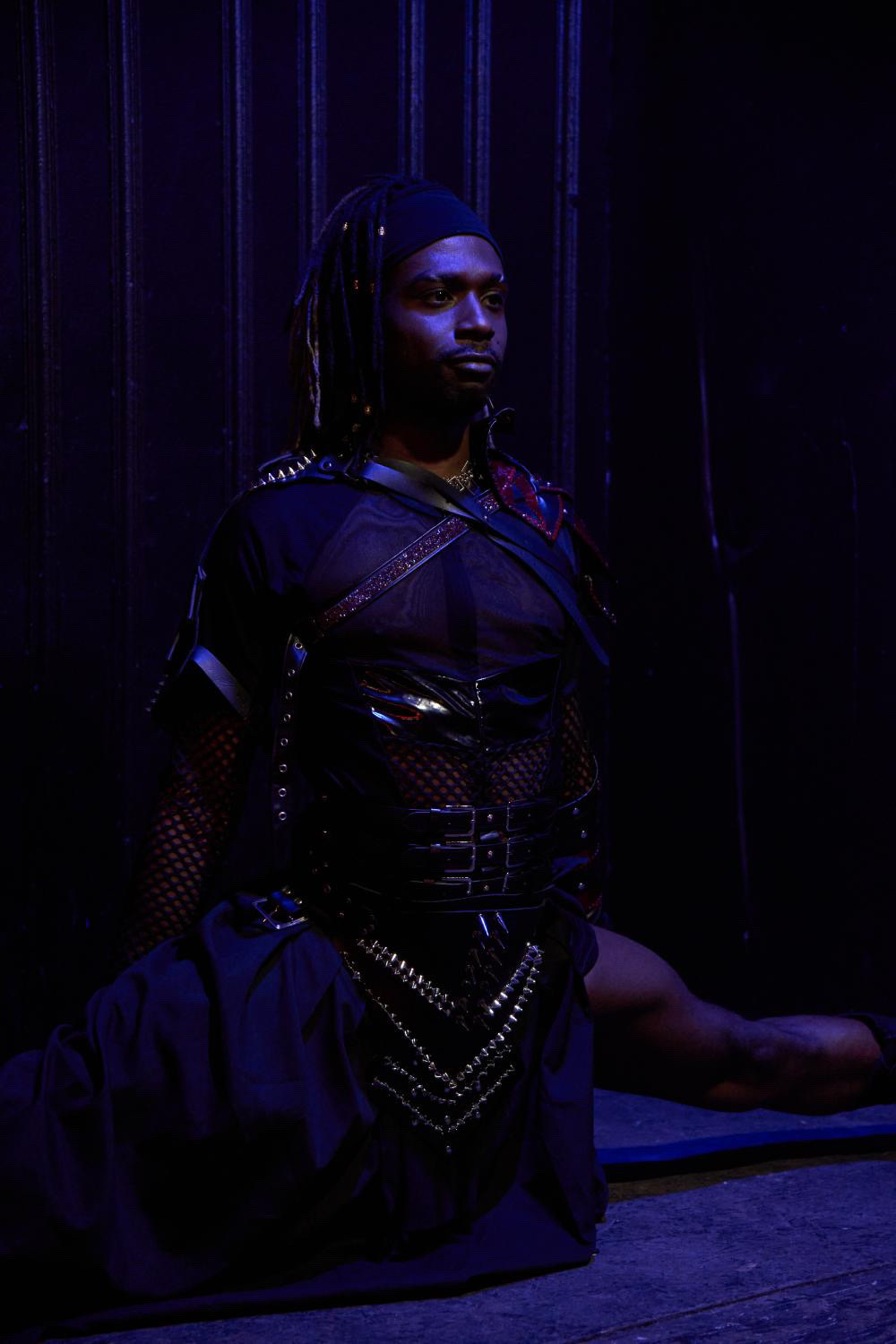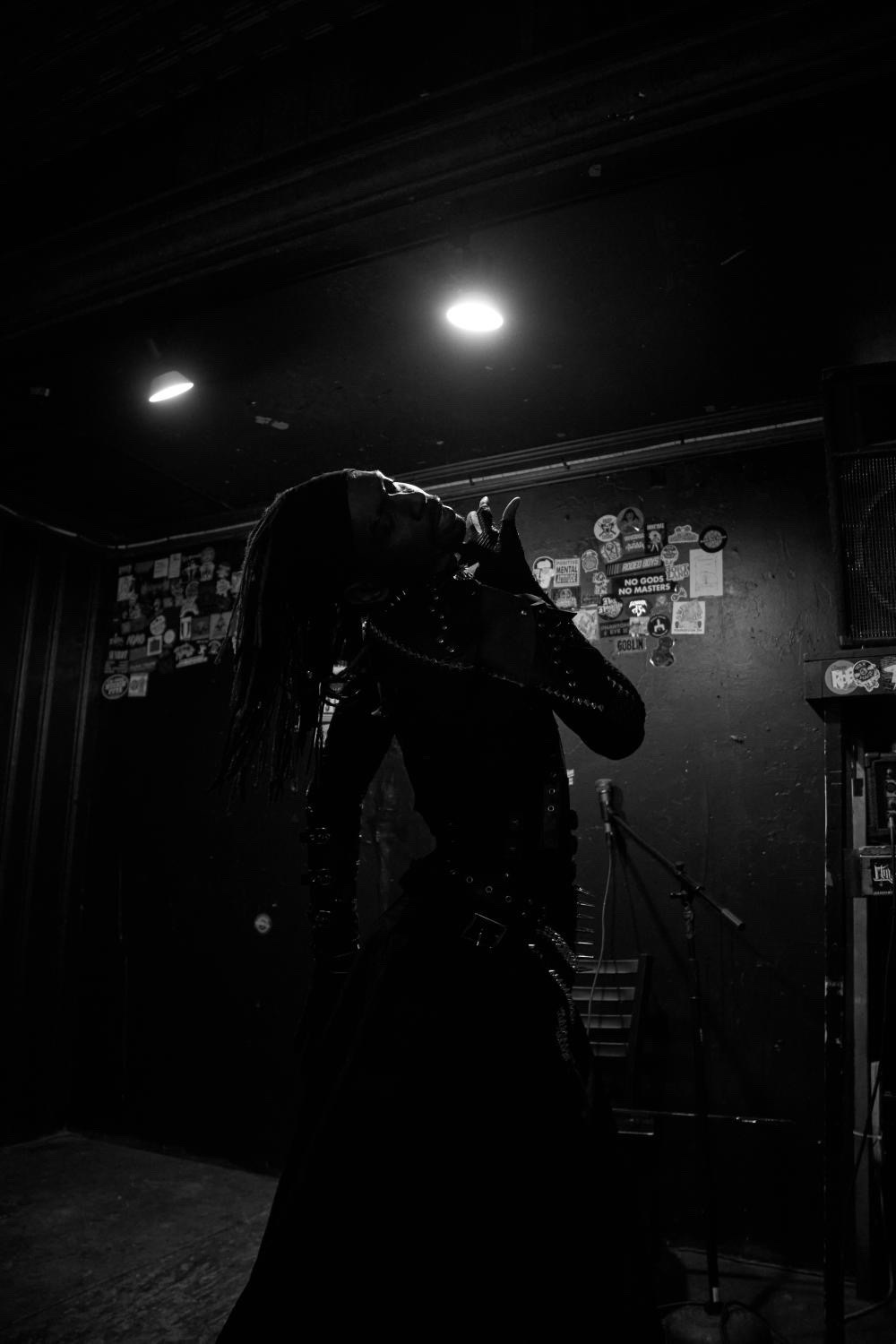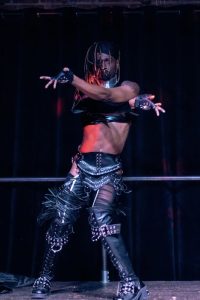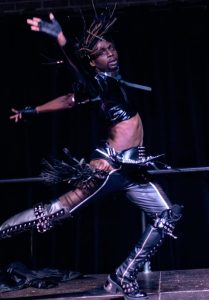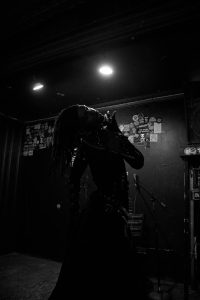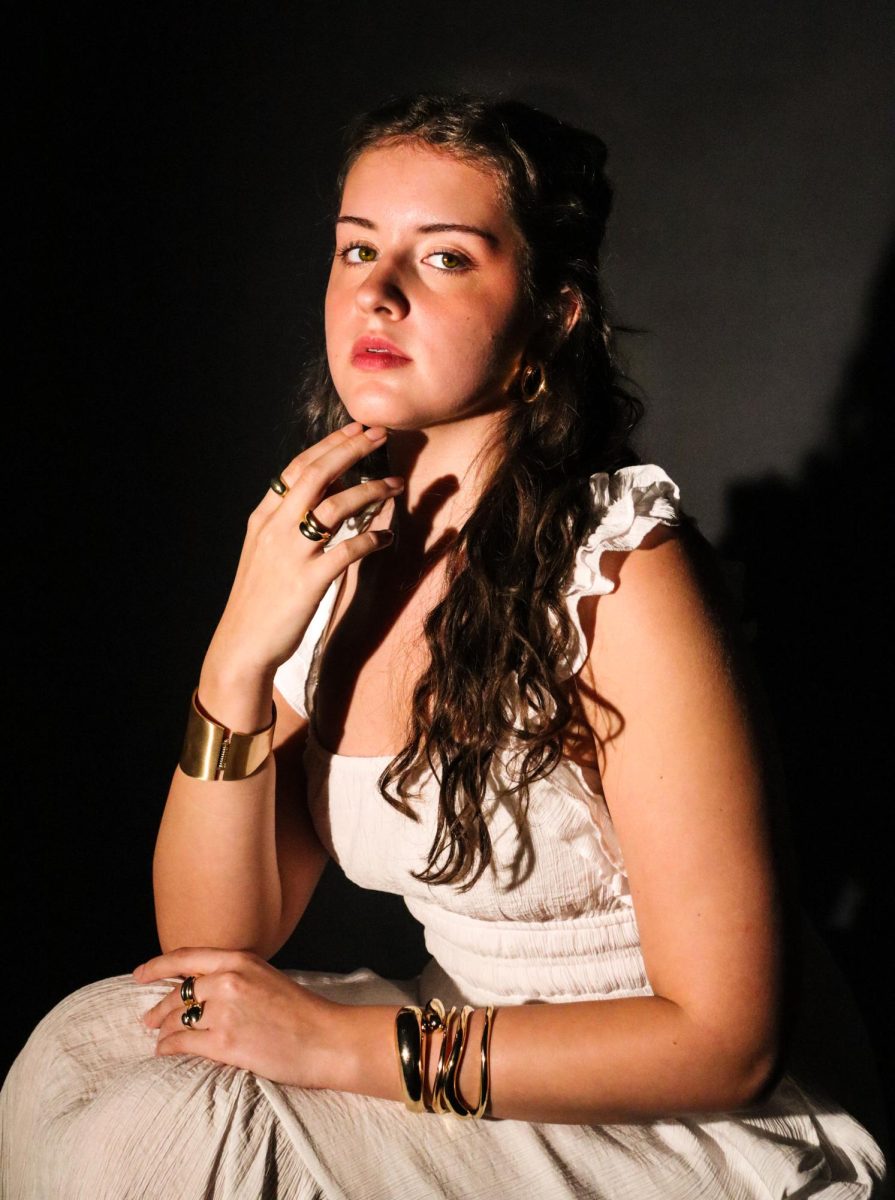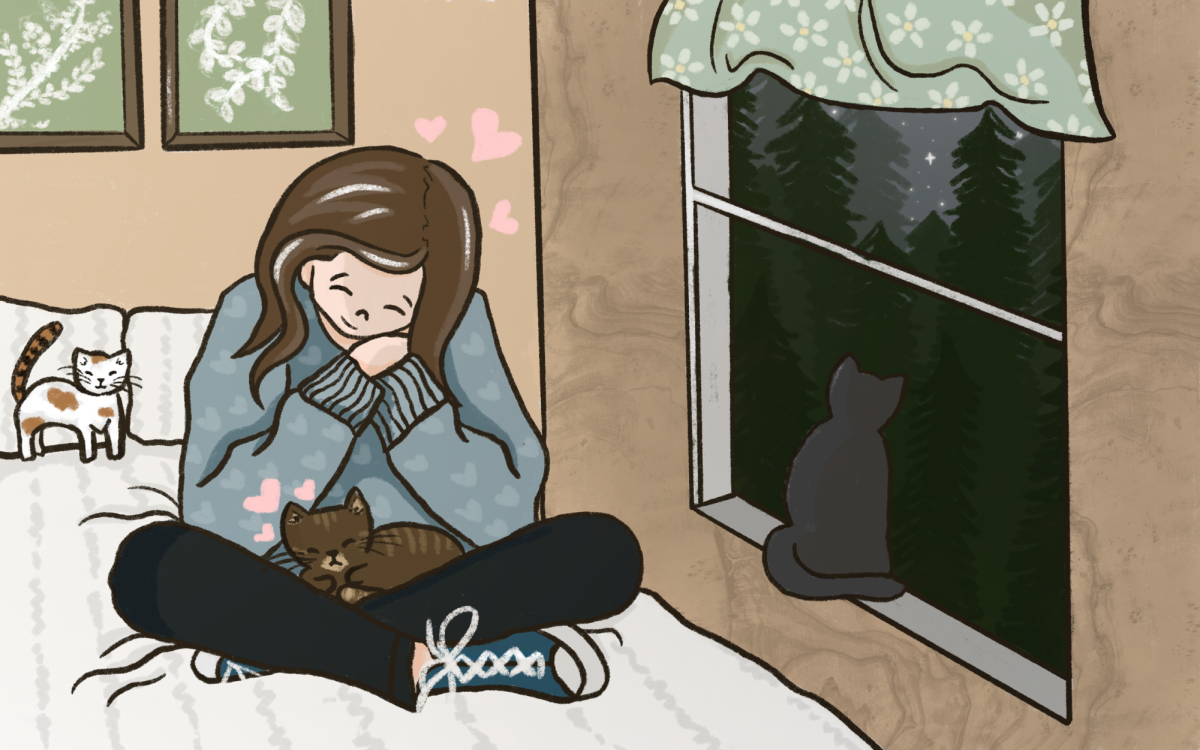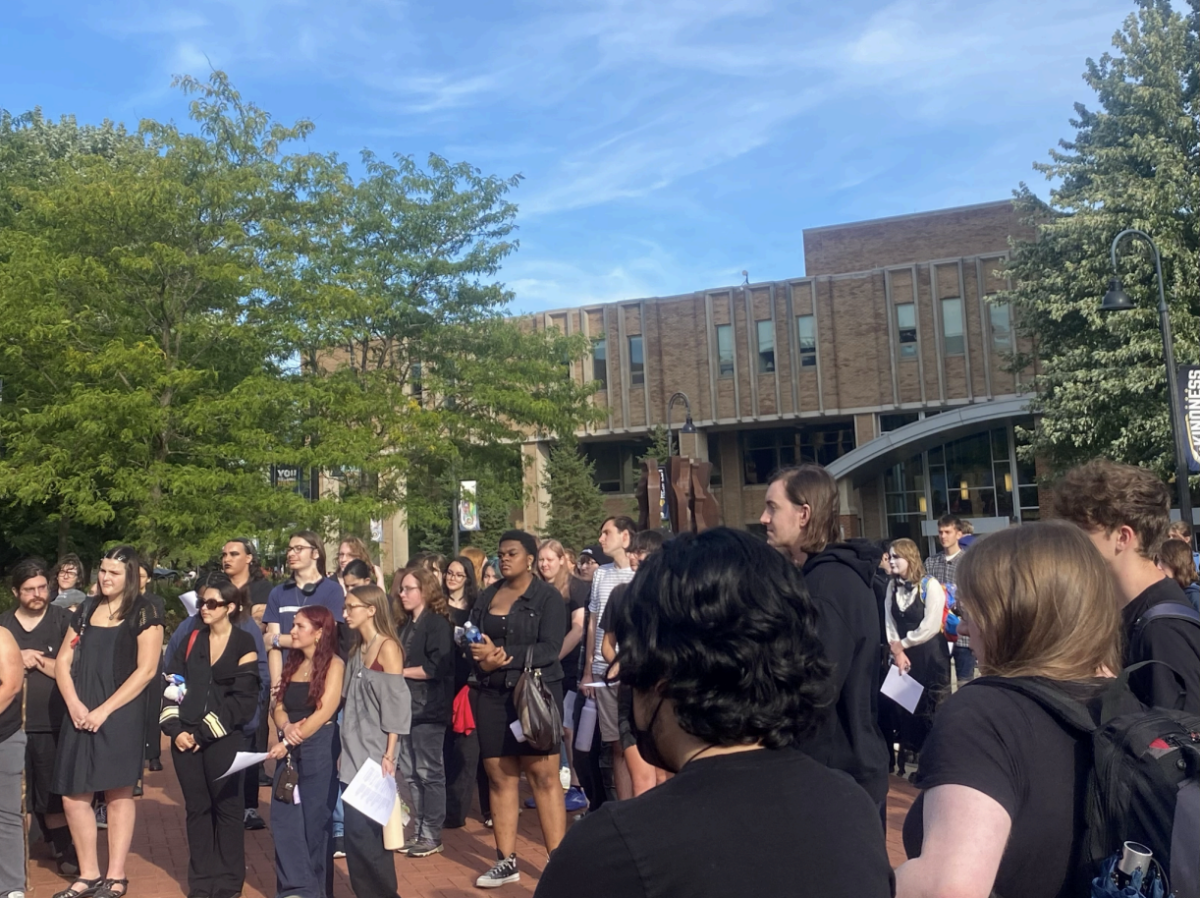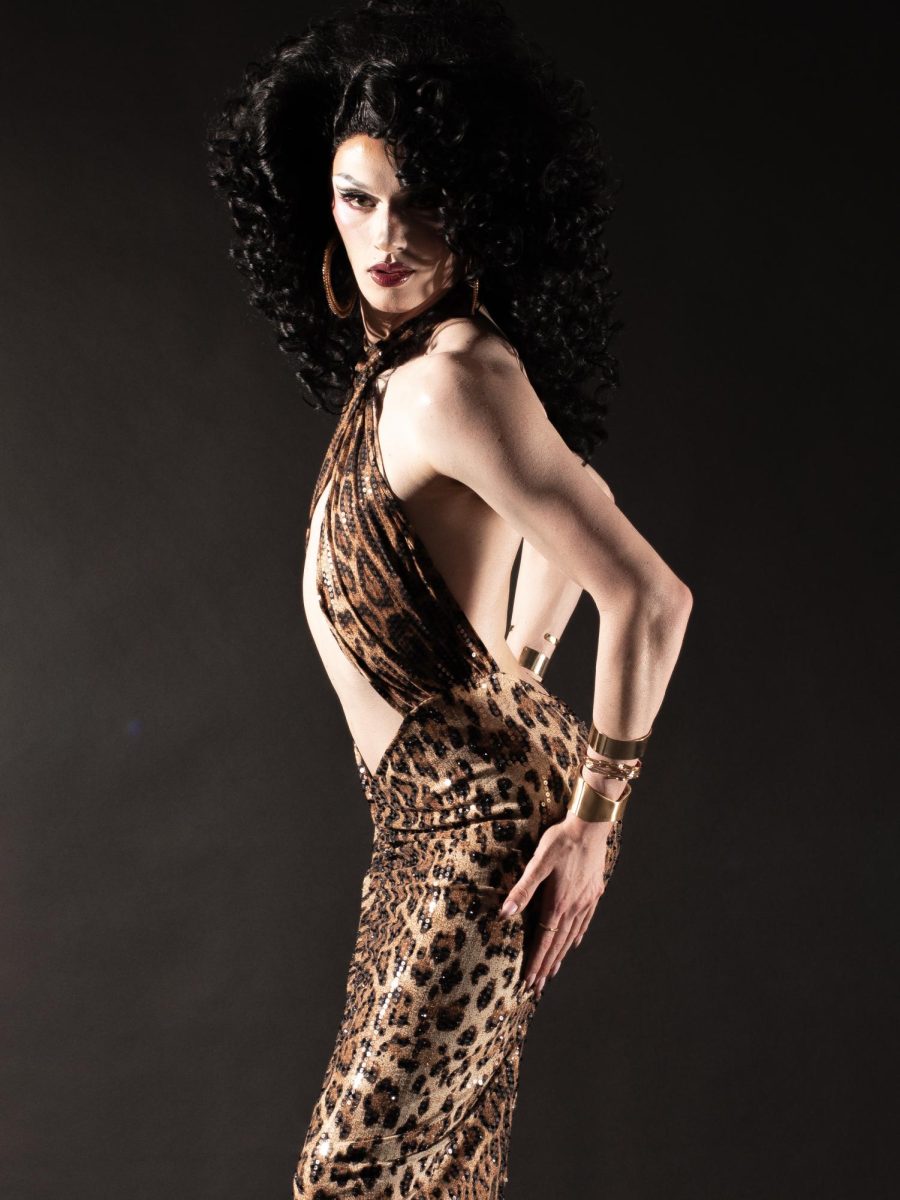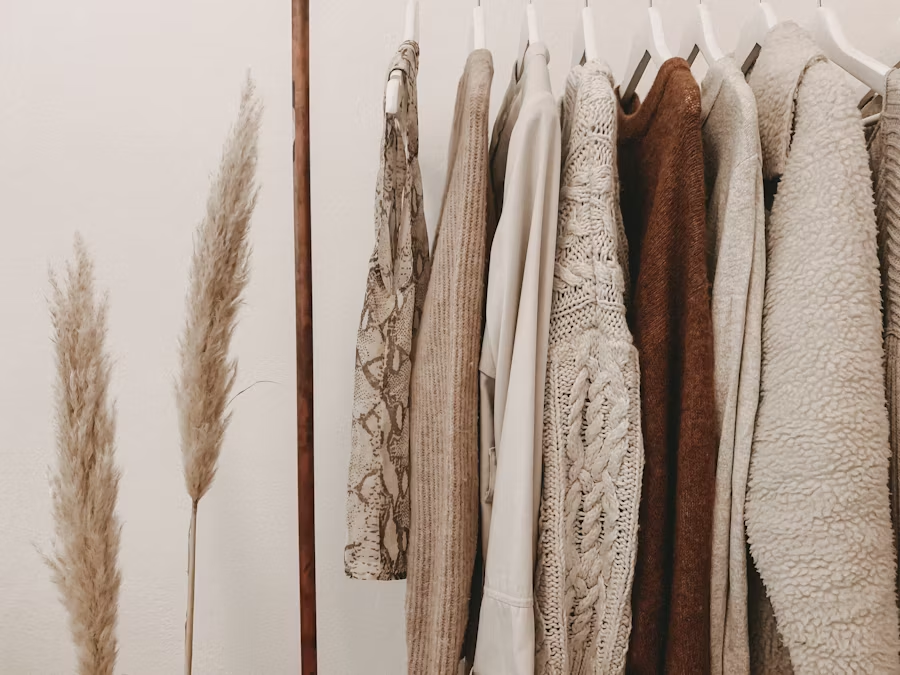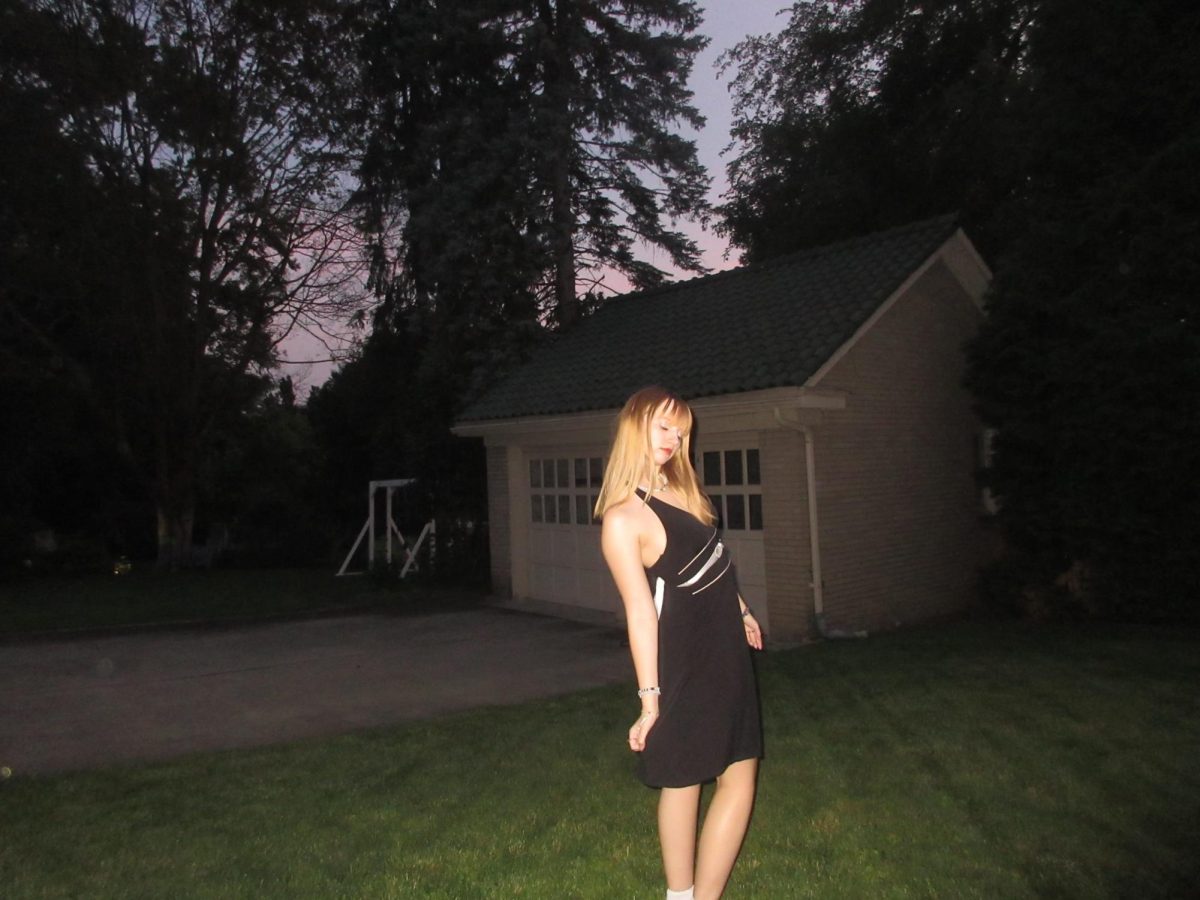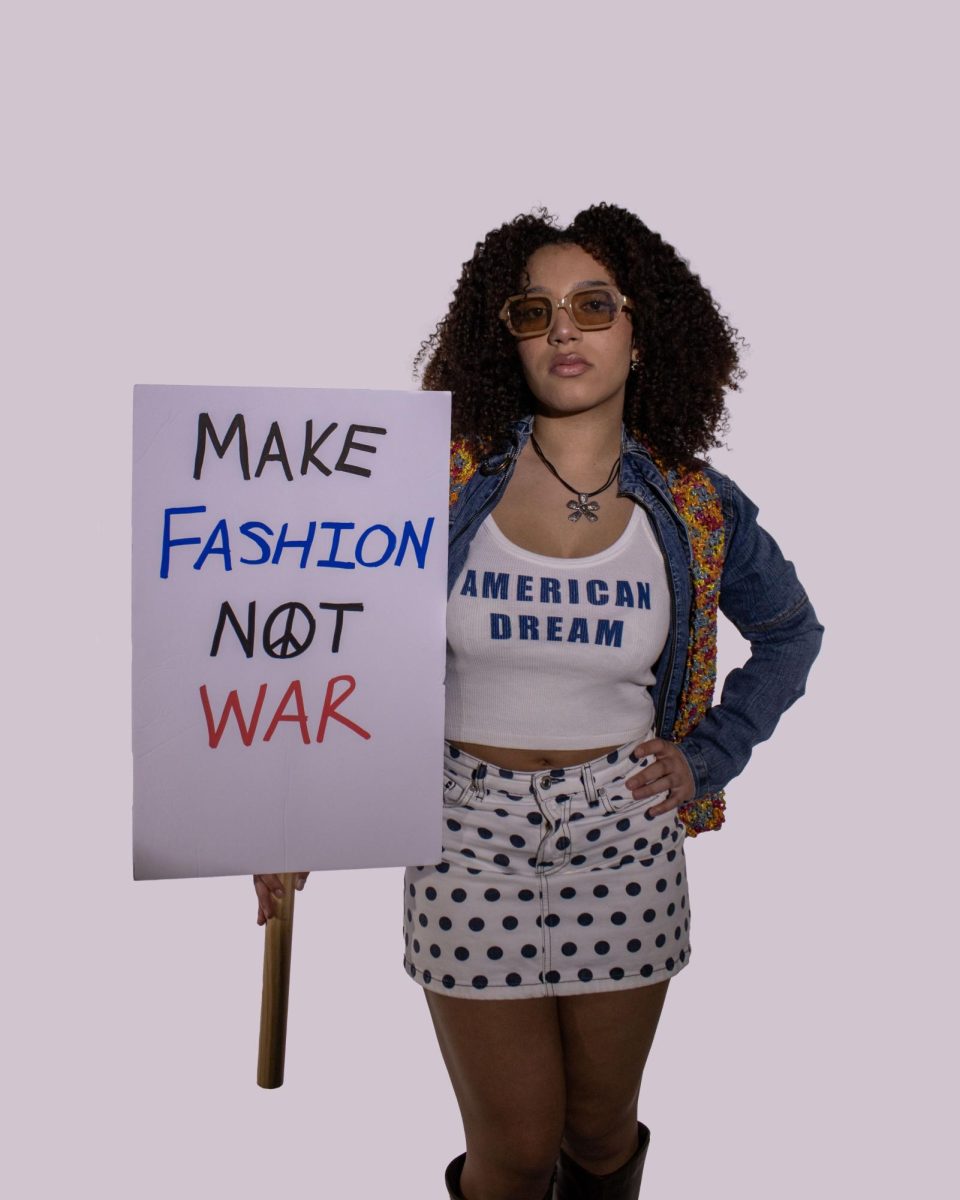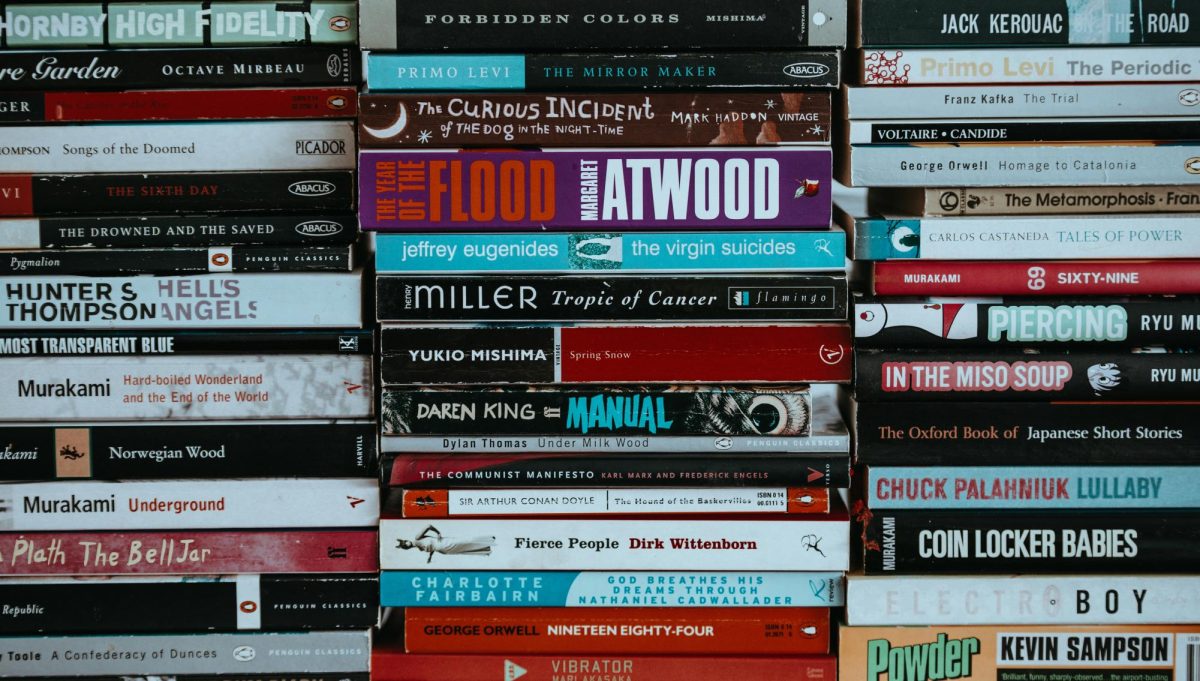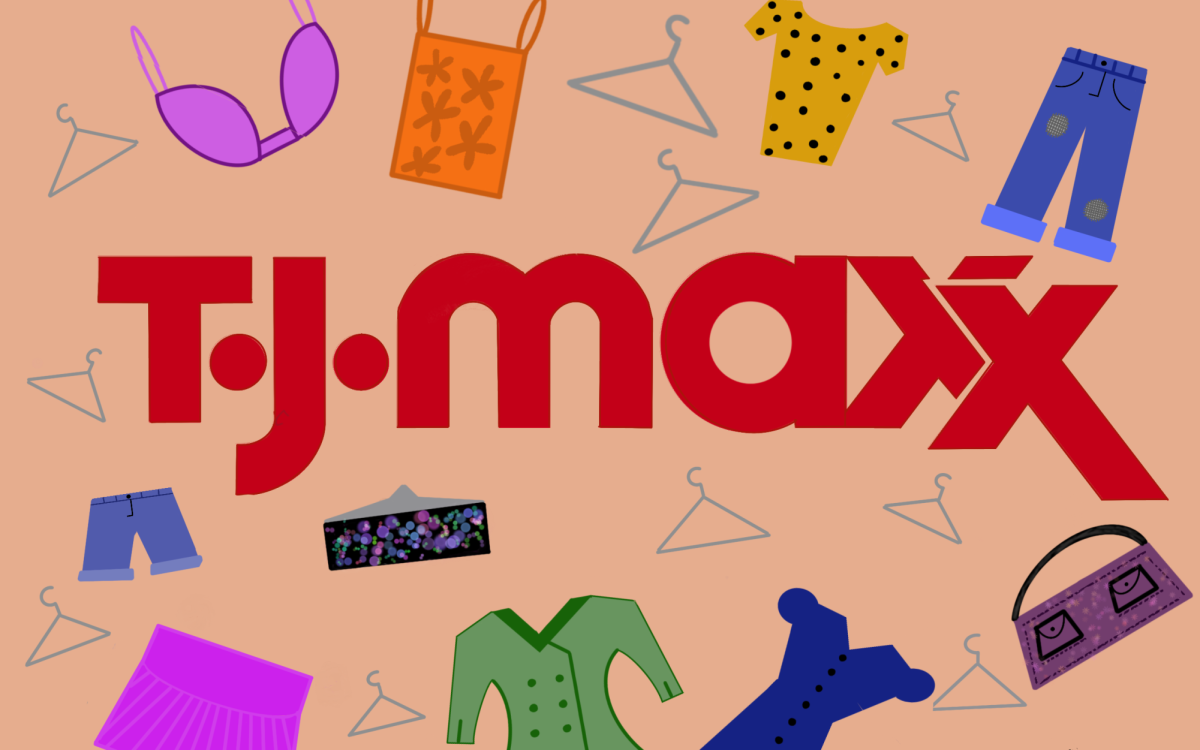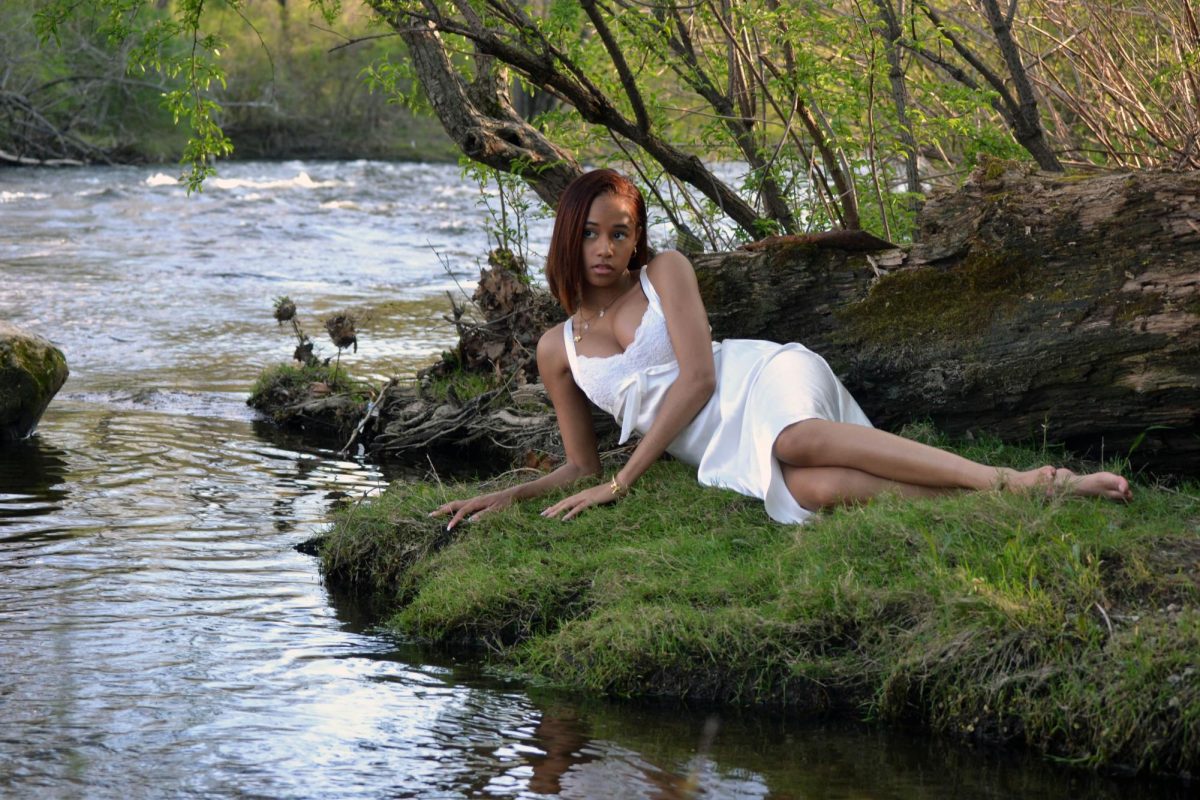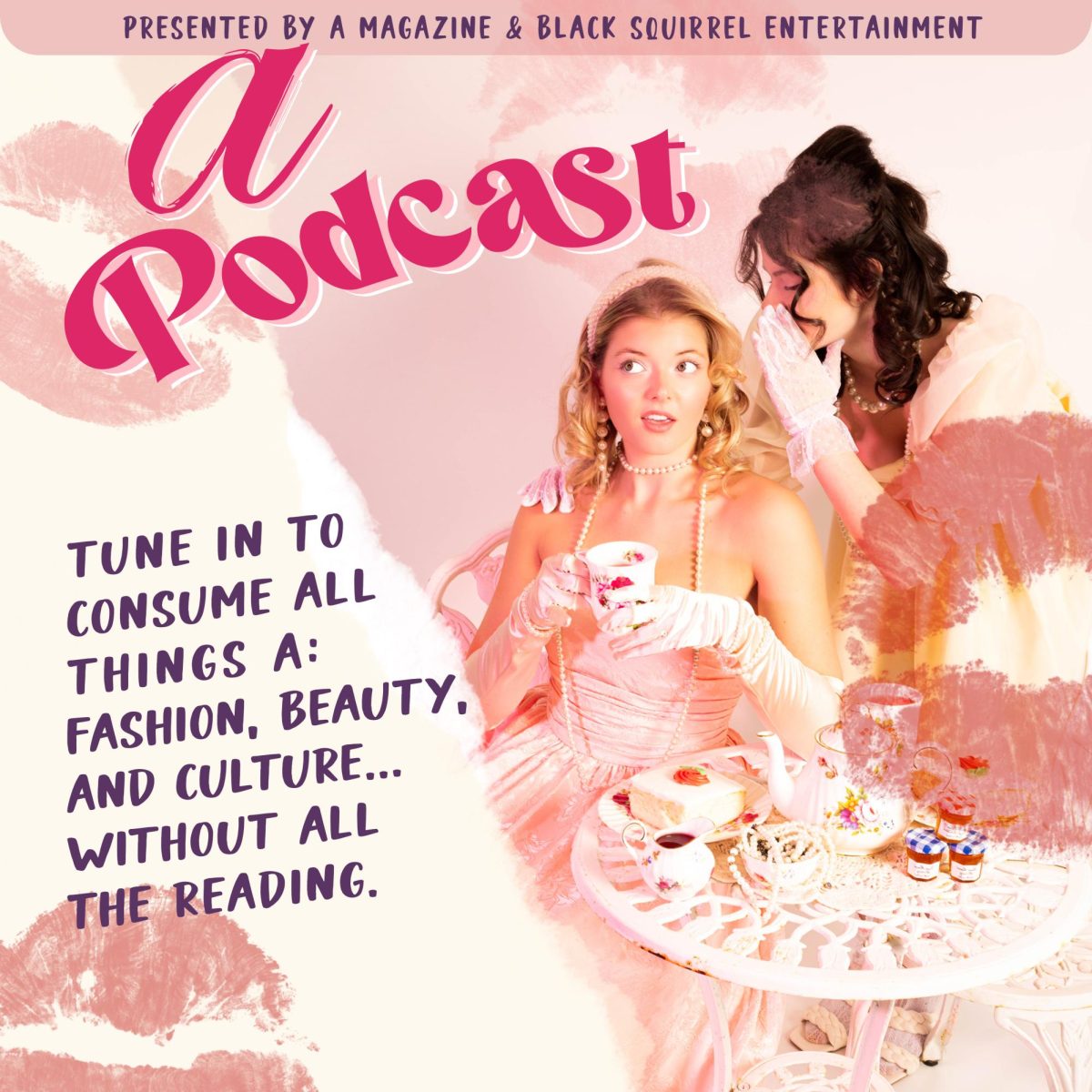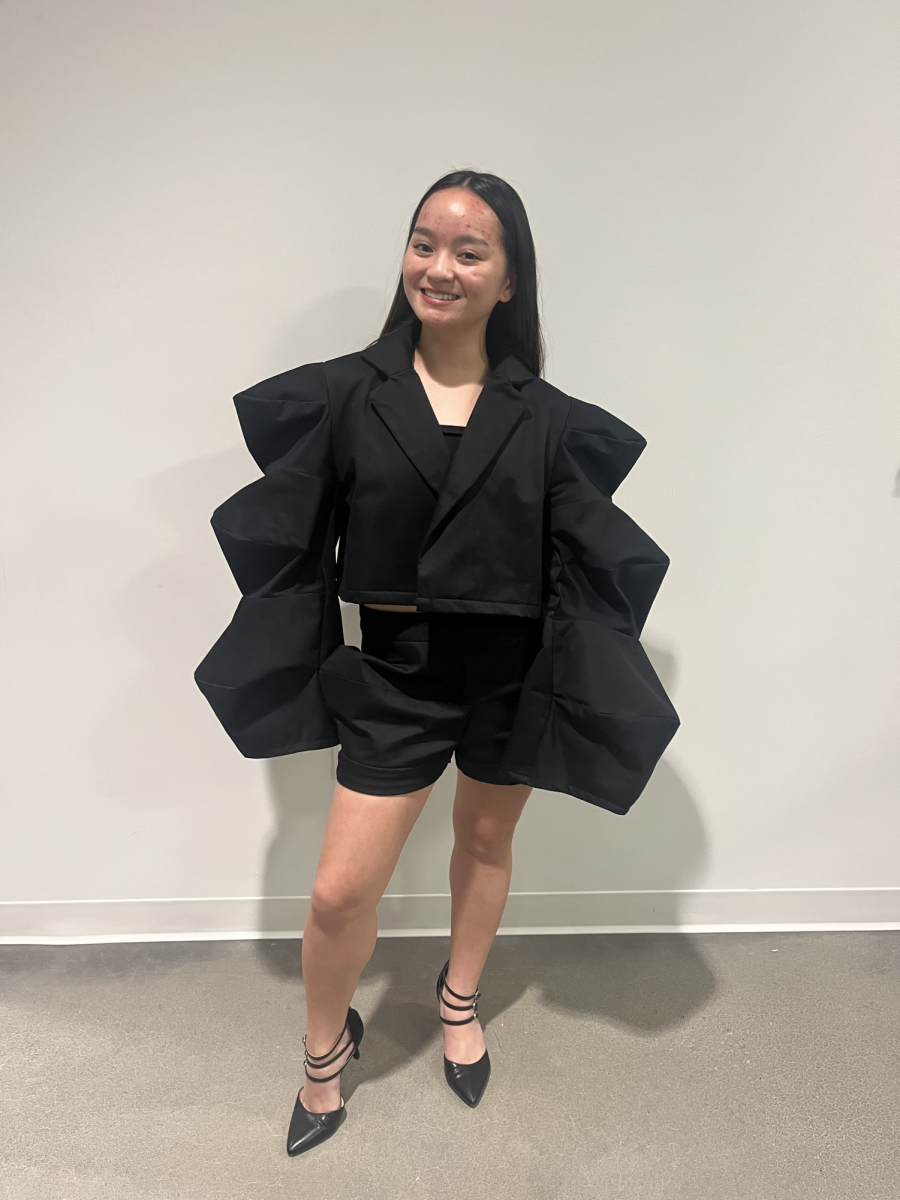
Drag Artist: Leronta RoseKnight Reed
Ballroom culture is all around us. Whenever you use slang like, no shade, chop, and mother, just know that they derived from this group. For decades, it seems as if the ballroom scene has been the glue to pop culture and fashion, yet this subculture is being forgotten as the years go by.
Ballroom could be traced all the way back to the 19th century. Ballroom started off in New York City as events for African American and Latino drag performers to defy anti LGBTQ+ laws and have a common place to communicate with their community. Though Ballroom was a pretty underground scene during the ‘80s and ‘90s, voguing and ballroom became popular through musicians like Queen Latifah and Madonna and since then, it seems as if pop culture has embraced aspects of this culture bit by bit.
As the decades go by, ballroom has evolved into so much more with various walking categories outside of drag, a multitude of films and television shows dedicated to the ballroom scene and endorsements from fashion houses and musicians. Unlike most innovators in media, none of the ballroom legends receive any accolades or praise. You hear names like LaBeija or Xtravaganza, but you’ll never see these houses with brand deals or being interviewed by huge magazines.
Without ballroom, fashion wouldn’t be where it is today—your favorite designers wouldn’t be your favorite designers. Designers like Thierry Mugler and Jean Paul Gaultier were inspired by the boldness and avant-garde styling of pieces worn at balls.
Ballroom has paved a way for designers to expand from the platitude of fashion by ignoring the need to follow gender roles and societal norms. Today, most runways don’t have much direct gender advertising. Male presenting people aren’t subjected to wearing masculine clothing and female presenting people aren’t subjected to wearing feminine clothing.
Things like logomania and opulence are heavily endorsed in this scene. The illusion of wealth and luxury is a pretty common theme in ballroom, so monogram pieces from designer brands or gaudy jewelry were used in most walking categories. In my opinion, ballroom popularized this style of clothing. Layering fancy jewelry and flaunting wealth was seen as tacky and frowned upon, but that changed with ballroom.
Voguing is a big part of ballroom that became popularized in the 20th century. In the late ‘80s, ballroom culture was dominating New York’s underground scene, with houses like the House of LaBeija and the House of Xtravaganza dominating the ballroom floor. Madonna’s 1990 hit “Vogue” really skyrocketed voguing and the ballroom scene with its black & white music video containing actual ballroom dancers, paying homage to the ballroom scene. Voguing classes were high in demand, a lot of musicians sought out voguers to perform with them on stage and on music videos, and it was as if the LGBTQ+ community was finally being acknowledged as the trailblazers they were.
Ballroom’s long-standing impact on fashion, music and pop culture is undeniable. Yet, while its influence is everywhere, the pioneers of this movement are often left out of the conversation— if the conversation is even being held. It’s time to give ballroom the credit it deserves; not just as a fleeting trend, but as a foundation for self-expression, creativity, and persistence within the LGBTQ+ community.
Support Student Media
Hi! I’m Kayla Friedman, A Magazine’s editor-in-chief. My staff and I are committed to bringing you the most important and entertaining news from the realms of fashion, beauty and culture. We are full-time students and hard-working journalists. While we get support from the student media fee and earned revenue such as advertising, both of those continue to decline. Your generous gift of any amount will help enhance our student experience as we grow into working professionals. Please go here to donate to A Magazine.

